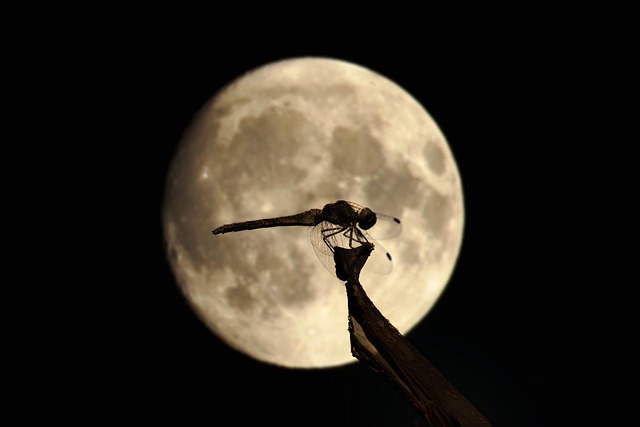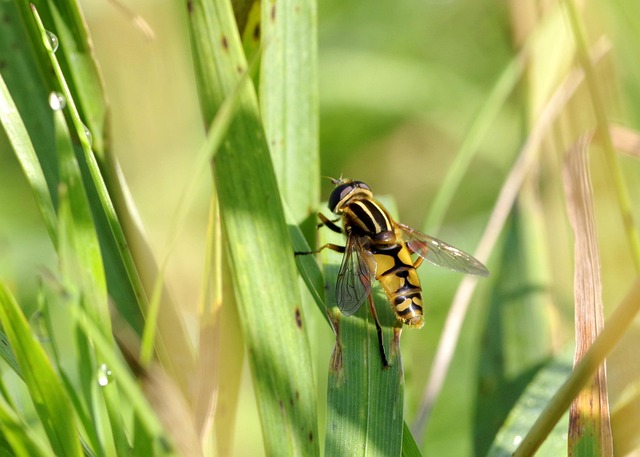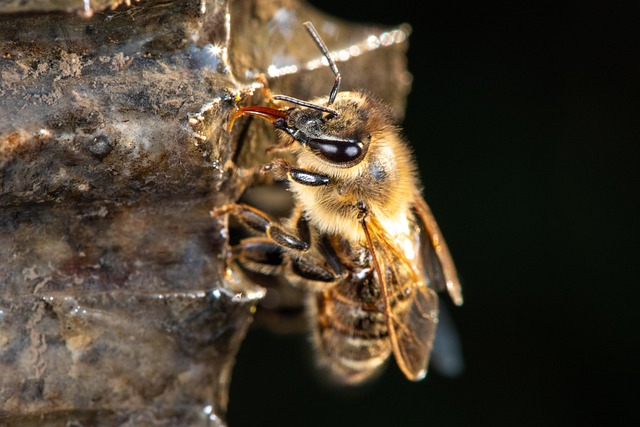
Night Insects: Creatures That Rule the Dark
When the sun dips below the horizon, the world undergoes a quiet transformation. Streets that once buzzed with car horns and chatter give way to a softer, more mysterious hum. This is the realm of the night insects, a diverse group of arthropods that thrive after the day fades. Their lives are intricately tied to darkness, and yet their influence stretches far beyond the shadows they inhabit.
The First Light of the Night: Moths in Moonlit Gardens
While moths are often dismissed as dull cousins of butterflies, the night insects that flutter through gardens at twilight hold a special place in the nocturnal ecosystem. Their attraction to light, known as positive phototaxis, has made them a familiar sight on porch lamps and streetlights. Yet their role goes far beyond a simple attraction to illumination.
- Pollination: Many night insects, especially large moth species, are critical pollinators of night-blooming plants such as evening primrose and night jasmine. Their long proboscises allow them to reach deep nectar reservoirs, ensuring cross‑pollination.
- Food Source: Birds, bats, and small mammals rely on moths as a high‑protein food source during the cooler months when other insects are scarce.
- Indicator of Health: The diversity and abundance of moths can indicate the overall health of an ecosystem. A decline in moth populations often signals changes in habitat quality or pesticide use.
The Nocturnal Symphony: Crickets and the Call of Survival
Crickets are arguably the most recognizable of all night insects. Their unmistakable chirping provides an audible cue that the day is ending and that the night is fully alive. This rhythmic sound is more than background noise; it is a complex communication system built for survival.
“The cricket’s song is a sonic map for potential mates and a warning signal to rivals,” notes Dr. Elena Martinez, a field ecologist who has spent decades studying field crickets.
Key aspects of cricket communication include:
- Frequency Modulation: Different species produce distinct chirp patterns, allowing individuals to recognize their own species despite the cacophony of the night.
- Temperature Sensitivity: The rate of chirping can indicate ambient temperature, providing an informal thermometer for ecologists.
- Predator Avoidance: Loud chirps can attract predators, so some species have evolved softer, less conspicuous sounds during periods of high predation risk.
Silent Striders: Beetles that Rule the Undergrowth
Beetles constitute one of the most diverse orders of insects, and many species are active at night. These silent striders navigate the forest floor, leaf litter, and even the interiors of trees, carrying out essential ecological roles.
Some of the most intriguing night beetles include:
- The Tenebrionid Darkling Beetle: Often found in the burrows of mammals, these beetles feed on detritus, helping to recycle organic matter.
- Fireflies: Although famed for their luminous flashes, many firefly species are strictly nocturnal. Their bioluminescent displays serve as a mating signal, drawing partners from miles away.
- Ground Beetles (Carabidae): These agile hunters feed on other insects and slugs, providing natural pest control for gardens and farms.
The Sticky Web: Spiders and Their Nocturnal Netting
While spiders are not technically insects, their nocturnal hunting habits often overlap with the world of night insects. In the twilight hours, many spiders spin intricate webs or hunt actively, taking advantage of the decreased visibility for prey.
“Nighttime is the prime time for spider predation because many insects are less vigilant,” says Dr. Raj Patel, a behavioral ecologist who studies spider‑insect interactions.
Notable nocturnal spider strategies include:
- Ambush Hunting: Some spiders, such as the widow, use venomous bites to incapacitate prey quickly.
- Web Construction: Orb‑weavers increase web complexity during the night, catching a higher diversity of insects.
- Phantom Spiders: Species like the “spectral” crab spider mimic flowers, blending into the nocturnal environment to ambush pollinators.
Echoes in the Night: How Insect Sounds Shape Ecosystems
Beyond the familiar chirps of crickets and the hum of moth wings, night insects produce a rich tapestry of sounds that influence everything from mate selection to predator avoidance. Acoustic communication is especially vital in low‑light environments where visual cues are limited.
Key insights include:
- Frequency Range: Many night insects produce sounds below 1 kHz, allowing their calls to travel farther through dense foliage.
- Acoustic Isolation: Species often evolve distinct sonic signatures to avoid cross‑species mating mistakes.
- Human Perception: Some insect sounds, like the eerie hum of cicadas, have been incorporated into cultural music and folklore across the globe.
Hidden Hunters: The Role of Night Insects in Pest Control
While it may be tempting to view night insects as mere background noise, they play a crucial role in natural pest management. Many predatory insects, such as certain beetles and mantids, switch their diet to include invasive or harmful species during the night.
“Night insects often represent an untapped resource for sustainable agriculture,” remarks agronomist Lisa Nguyen, who has studied integrated pest management systems.
Examples of beneficial predation include:
- Predatory Beetles: These insects consume aphids, mites, and other crop pests, reducing the need for chemical pesticides.
- Spiders: By capturing large numbers of flies and beetles, spiders help control insect populations that might otherwise damage plants.
- Mantids: Their ambush tactics target a variety of insects, including those that feed on garden crops.
Night Insects in the Anthropocene: Challenges and Conservation
Human activity has increasingly threatened night insects through habitat destruction, light pollution, and chemical use. As these creatures adapt to rapidly changing environments, understanding their ecology is vital for maintaining ecosystem resilience.
Key threats and mitigation strategies:
- Light Pollution: Excessive artificial light disrupts moth navigation and reduces nocturnal pollination. Installing motion‑activated lights can help mitigate these effects.
- Habitat Loss: Urban sprawl and deforestation reduce the natural habitats where night insects thrive. Conservation corridors can preserve these vital spaces.
- Chemical Exposure: Pesticides drift into night insect populations, causing population declines. Integrated pest management and organic farming practices can reduce reliance on chemicals.
Future Horizons: Research and Citizen Science
Advancements in technology—such as audio recording devices, night‑vision cameras, and environmental DNA—are expanding our knowledge of night insects. Moreover, citizen science initiatives allow ordinary people to contribute data on nocturnal insect activity.
“By listening to the night, we can unlock stories about species we never knew existed,” says Dr. Amara Patel, a computational biologist who analyzes acoustic data from citizen recordings.
Potential research avenues include:
- Acoustic Mapping: Building comprehensive sound maps to track insect diversity across regions.
- Phenology Studies: Monitoring how night insect emergence dates shift with climate change.
- Behavioral Modeling: Using machine learning to predict how night insects might adapt to future environmental pressures.
Conclusion: The Quiet Kingdom of Night Insects
The world after sunset is not a mere extension of the daytime; it is a vibrant, complex kingdom where night insects hold court. From pollination and pest control to acoustic communication and ecological balance, these small but mighty creatures contribute in profound ways to the health of our planet. As we look forward to the challenges of the Anthropocene, recognizing and protecting the delicate dance of night insects becomes not just an ecological priority but a cultural one, reminding us that even in darkness there is life, rhythm, and wonder.


